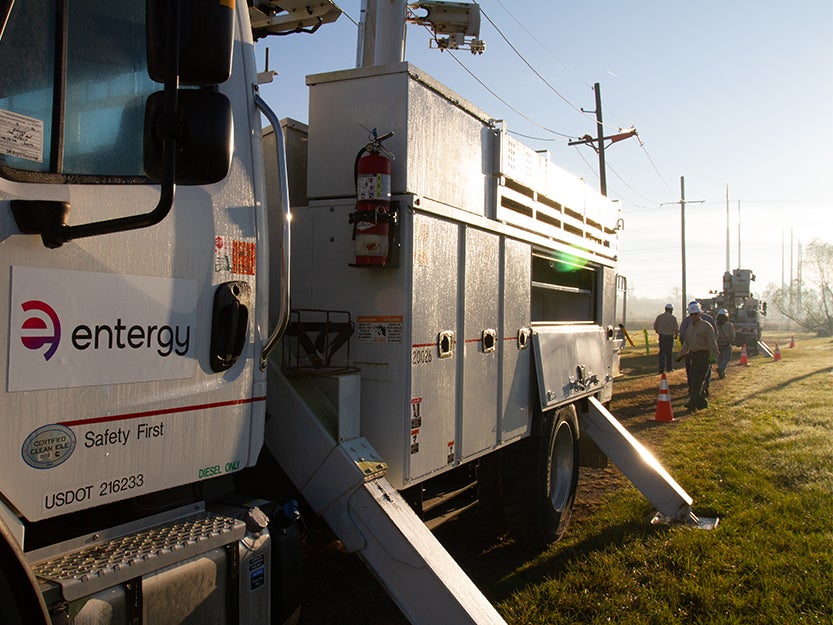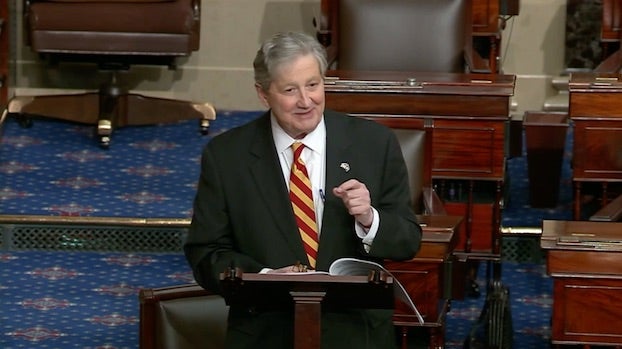Gas prices rise amid refinery shutdowns
Published 6:16 am Saturday, February 2, 2013
Gas prices have spiked over the last few days, with prices jumping about 15 cents across the state, according to a AAA public affairs specialist.
Don Redman said another spike isn’t projected for the remainder of February and that prices should hold steady, but consumers can expect an increase in the spring.
The price jumped from about $3.16 to $3.30 per gallon within a month’s time. Redman said a contributing factor is the “significant jump” in the price of crude oil, which is $97 a barrel — a $10 increase from a month ago.
“That is most notably from the weak U.S. dollar,” Redman said. “When the U.S. dollar weakens, the price of commodities, like oil, increases because you don’t get as much sold and traded in U.S. dollars.”
Another factor in the price increase is the number of refineries that have been shut down, he said. “Some are temporary because of accidents or maintenance, and others are shutting their doors for good.”
Redman said one of the refineries shutting its doors for good is in New Jersey and supplies 8 percent of the gasoline used in the Northeast.
“What that means is that market will have to go elsewhere for its gasoline,” he said, “which includes the Gulf South.”
Redman said that although there has been an increase in the price of gasoline per gallon, it’s still cheaper than what consumers were paying last year — $3.40 per gallon, which was attributed to concerns that Iran and Israel would go to war.
According to the U.S. Department of Energy, gas prices will peak during the spring, with the national average estimated at $3.60-$3.90 per gallon.
However, Redman said, Louisiana is historically 10 cents cheaper than the national average, so prices locally can be expected to peak at $3.50-$3.80.
“When we get out of February is typically when we start seeing prices go up because refineries stop producing winter-grade gasoline and often shut down to perform maintenance and make the transfer from winter-grade to summer-grade gasoline,” he said.
“Facilities allow their inventory to diminish, and any time you have a demand and a lower supply the prices go up.”
Redman said the increase can be expected in about six weeks. “It’s tough times for the consumer,” he said.
Online: www.eia.gov.
(American Press Archives)




